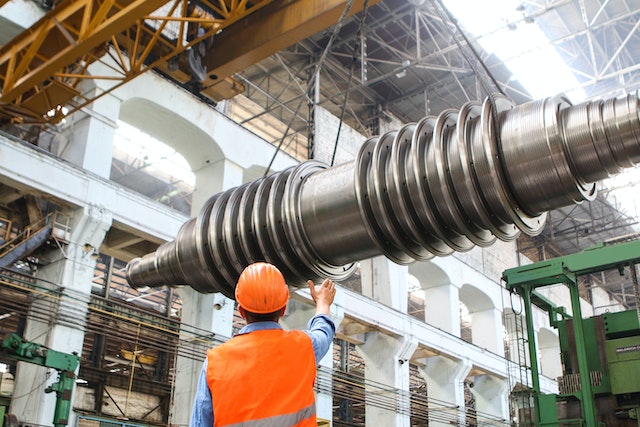Choosing an injection molding partner is crucial in bringing your product to market. The right partner can streamline the project and ensure it’s delivered on time and within budget.
Engineering a mold’s optimum draft (the angle at which the part’s two halves come together) makes it easier to remove the cooled plastic. It also helps eliminate sharp corners, which can cause damage during injection.
Experience
Injection mold design services are the most versatile plastics manufacturing process, producing everything from complex geometries to thin walls and intricate details. However, its complexity and cost make it prohibitive for small production runs.
A good injection molder uses data-driven practices and advanced technology to provide superior quality. This allows them to validate designs and materials before machining, eliminating potential issues that can stifle production and increase costs.
One major consideration in injection molding is how the molded part will be ejected from the mold. Choosing the right ejection system has huge implications for cycle time and the overall quality of the product. Also, reducing wall thickness minimizes the time required for cooling and solidifying the material. This is important because the time spent on this step is the main driver in molding costs.
Certifications
When choosing an injection mold design service, consider if they are certified in Design for Manufacture (DFM). An experienced company can help your project run more smoothly in terms of quality, budget, and time to market.
Experienced injection molders should also be able to help you identify and monitor the key cost drivers of your project. This allows you to make informed decisions and maximize your project’s profitability without sacrificing quality.
Ejection: Choosing the right ejection system significantly impacts cycle times and part quality. Similarly, well-placed coolant lines can minimize shrink marks and warpage in the final product. Properly designed radii on corners can also minimize knit lines, which occur when the two flows of melted plastic meet and create small hair-like discolorations in your finished parts.
Flexibility
Injection molding is a versatile process capable of producing many parts. The injection mold design should consider the finished product’s materials, manufacturing process, and assembly requirements.
Injecting molten plastic into a closed mold and allowing it to cool causes the material to shrink on surfaces in contact with the tooling. This can result in knit lines, which appear as small hair-like discolorations on the surface of the molded part and can weaken it considerably.
Injection molding requires that a draft angle be applied to any surfaces that touch the tooling block, called the line of draw (or B-side). A small draft is necessary to prevent problems like drag marks and difficult ejection from the mold. It also allows the part to be filled more easily, cooled and solidified faster.
Reliability
As with the popular phrase “measure twice, cut once,” an injection molder should thoroughly evaluate your design and make any necessary changes before machining. This saves time and money on potential errors that could result in costly repairs later.
A good injection molding partner can help you avoid common pitfalls that cost your project weeks and thousands of dollars. This includes using a living hinge (thin plastic sections connecting two segments) and avoiding bosses, cylindrical projections designed to receive screws or threaded inserts for fastening or assembly.
Draft angles are also critical to the injection molding process, as they allow molten plastic to flow easily into cavities and facilitate the removal of the solidified part from the mold. Non-uniform wall thicknesses also cause issues in the injection molding process, and sharp corners create stress concentrations that can weaken parts.
Communication
Working with a manufacturing partner that communicates well throughout the project is important. This includes discussing design concepts and avoiding common mold pitfalls that can save project weeks and thousands of dollars in time and money.
For example, using sharp corners and edges can lead to a concentration of stress on these junctions, which is difficult to repair during production. Instead, designers use ample radii to ensure stress is evenly distributed and the plastic resins can flow freely around the part.
Another consideration is that molded parts will expand and contract depending on temperature and mechanical stress. It is necessary to factor this into the product’s overall design and to plan for the mold’s gates, ejectors, and cooling lines.





Leave a Reply